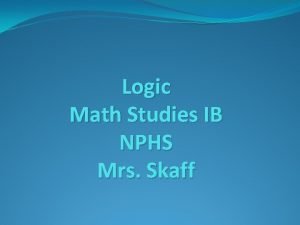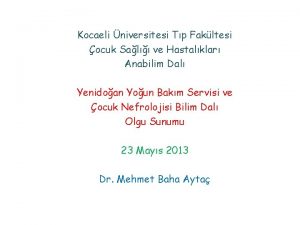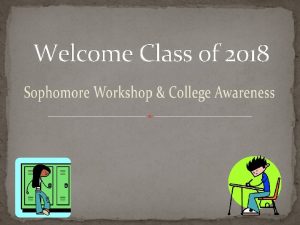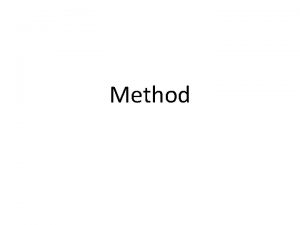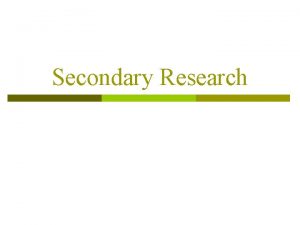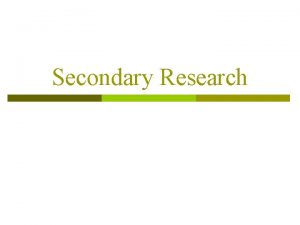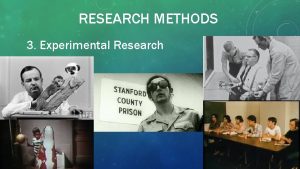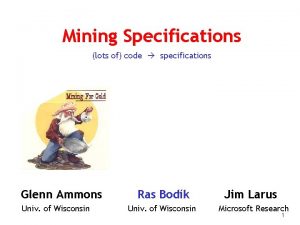Ammons NPHS Survey Secondary Analysis Field Research Experimental









- Slides: 9

Ammons NPHS

§Survey §Secondary Analysis §Field Research §Experimental Method

§ People are asked a series of questions. § Sample must be representative (random selection). § Closed ended questions generally used § Qu estio § Int ervi nnaire ew

§ Using pre-collected information for data collection and research purposes. § May include government publications, voting lists, prison records, statistics compiled by other sources.

§ Research that takes place in a natural (non-laboratory) setting. § Case study: thorough investigation of a single group, incident or community. § Participant observation: a researcher becomes a member of the group they are studying.

§ Research occurs in a laboratory setting with a minimum of contaminating influences

Quantitative Variable Qualitative Variable § can be measured and given § identified by membership in a numerical value. § i. e. : age, income, size a category. § An “either/or” or a “yes/no” variable.

§ Independent Variable: causes something to occur. § Dependent Variable: changes as a result of a shift in the independent variable. § Intervening Variable: influences the relationship between the independent and dependent variables. § Example: Poverty (Independent) program (Intervening variable) Government support Hunger (Dependent)

§ Correlation: a measure of how things relate to one another § Positive Correlation: independent and dependent variables change in the same direction. § ↑ Amount of hours spent studying ↔ ↑ grades § Negative Correlation: independent and dependent variables change in opposite directions. § ↑ Time spent watching television ↔ ↓ grades

